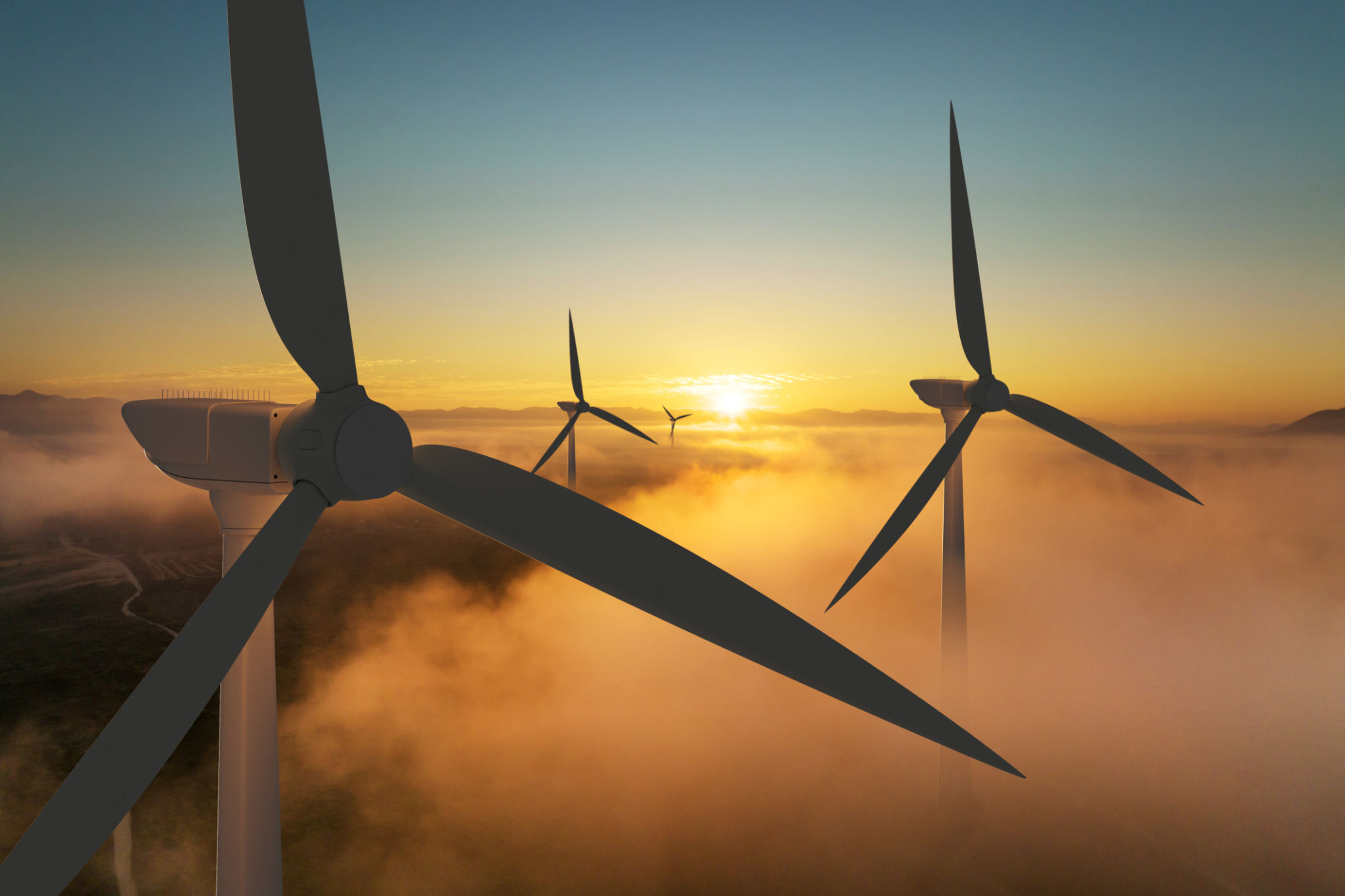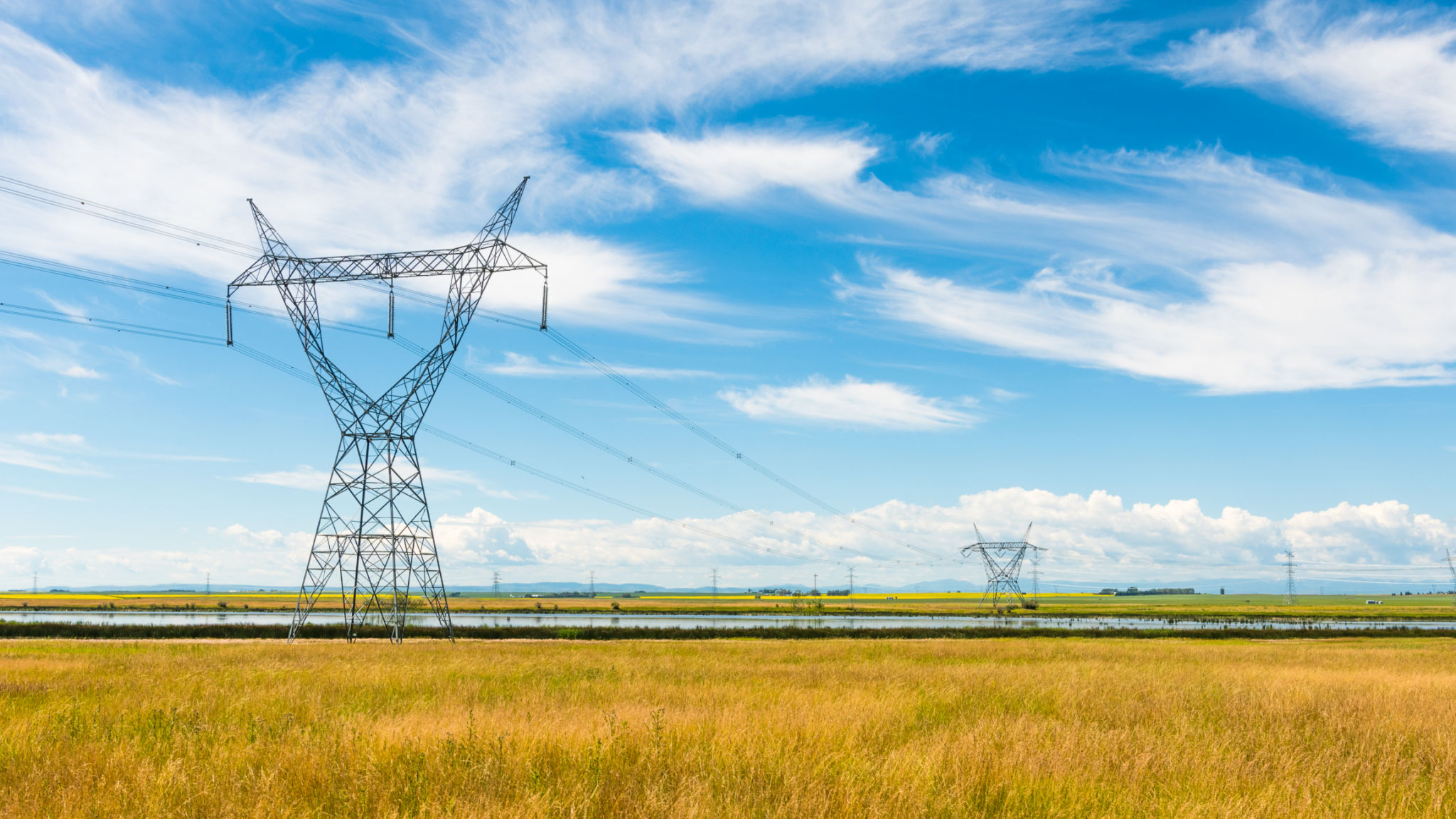Comprehensive Guide to New Technology in Avian Protection Devices
Understanding Avian Protection Devices
Avian protection devices are crucial technologies designed to safeguard bird populations from various threats, particularly those posed by human infrastructure. As the world becomes increasingly industrialized, these devices play a vital role in preserving biodiversity and ensuring the safety of avian species.
Birds face numerous hazards, from power lines and wind turbines to reflective glass surfaces and urban sprawl. The development of new technology in avian protection is crucial for minimizing these risks and promoting coexistence between human development and wildlife.

Innovative Technologies in Avian Protection
Recent advancements in technology have led to innovative solutions that significantly reduce the risks birds face. One such technology is the development of bird-safe glass, which uses patterns visible to birds but not humans, preventing collisions with windows.
Additionally, the integration of smart sensors and AI in wind turbines can detect approaching birds and temporarily halt operations to prevent collisions. These solutions demonstrate how technology can be leveraged to protect avian life while maintaining energy efficiency.

Power Line Modification and Marking
Power lines pose one of the greatest threats to bird populations. New technologies focus on modifying these structures to make them more visible or less hazardous. Line markers and diverters are effective tools that can significantly reduce bird collisions.
Innovative designs such as spiral vibration dampers or swinging markers make power lines more perceptible to birds, preventing fatal encounters. These solutions are often simple yet highly effective, underscoring the importance of targeted interventions.

Utilizing Radar and Drones
Radar technology is increasingly being used to monitor bird movements in real-time. This data helps in understanding flight patterns and identifying high-risk areas, allowing for proactive measures to be taken. Drones also offer a versatile tool for inspecting areas that are difficult to access, ensuring that avian protection measures are fully operational.
The combination of radar and drone technology provides a comprehensive approach to avian protection, enabling more precise and efficient monitoring and intervention strategies.

The Role of Policy and Education
While technology plays a significant role in avian protection, public policy and education are equally important. Policies that mandate the use of bird-friendly technologies in new constructions can greatly enhance protection efforts.
Furthermore, educating the public about the importance of avian protection and how they can contribute is crucial. Community involvement can lead to more widespread adoption of protective measures across various sectors.
Future Prospects
The future of avian protection is promising, with continued advancements in technology and growing awareness of the need for conservation. Innovations such as machine learning algorithms for predictive analysis and enhanced materials for bird-safe infrastructure are on the horizon.
As global efforts towards sustainability increase, so too will the emphasis on protecting avian species. By integrating technology with policy and education, we can create a safer environment for birds worldwide.